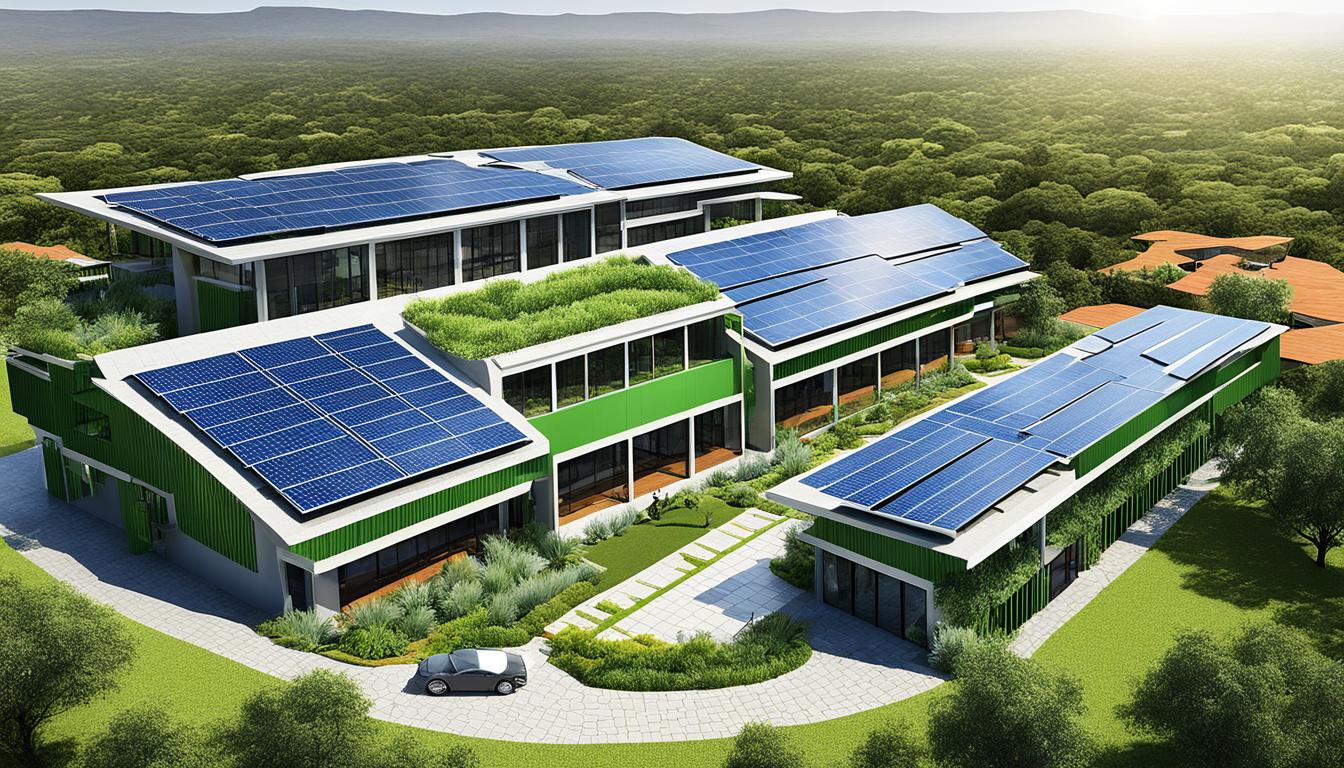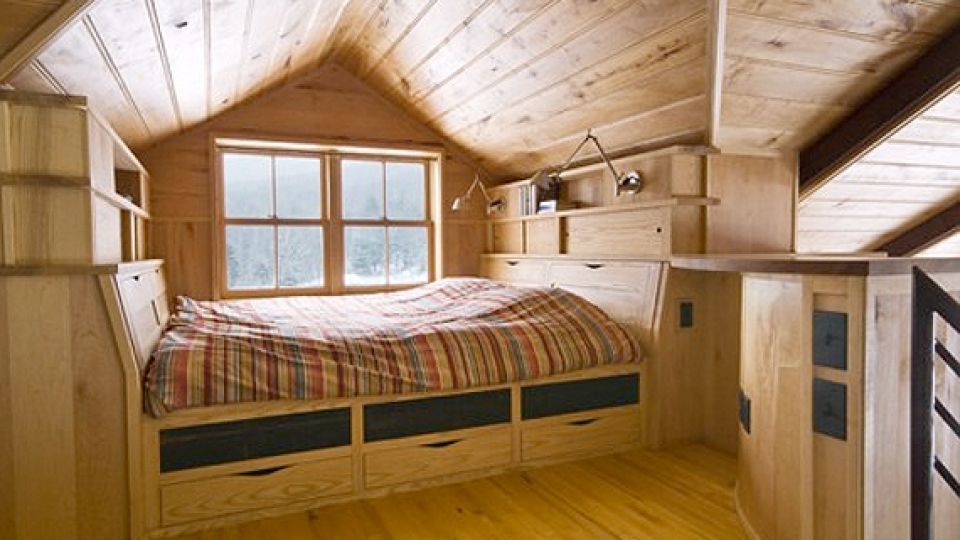In today’s world, the concept of energy-efficient homes has gained significant traction. With increasing awareness about climate change and the rising costs of energy, more homeowners and real estate developers are seeking energy-efficient homes ideas to create sustainable living spaces. This transition not only helps to reduce carbon footprints but also enhances the quality of life. Let’s explore some innovative strategies and ideas to build a future that aligns with eco-friendly aspirations.

Understanding Energy Efficiency in Homes
Before diving into specific energy-efficient homes ideas, it’s essential to grasp the basics of energy efficiency. An energy-efficient home is designed to minimize energy consumption without compromising comfort. This is achieved through thoughtful design, high-performance materials, and advanced technologies.
Incorporating Sustainable Materials
One of the fundamental energy-efficient homes ideas is the use of sustainable building materials. These materials are not only durable but also environmentally friendly. Options include recycled steel, bamboo, reclaimed wood, and low-e windows. These materials contribute to reducing energy costs and are better for the environment.
Insulation and Sealing
Proper insulation and sealing are crucial for maintaining temperature control within the home. Insulating walls, attics, and basements with quality materials like spray foam or cellulose can significantly reduce energy loss. An airtight seal prevents drafts and enhances indoor comfort.
Innovative Heating and Cooling Systems
The heating and cooling systems in a home account for a large portion of energy usage. It’s vital to consider systems that optimize energy consumption, like geothermal heat pumps and high-efficiency furnaces. These systems not only save energy but also reduce utility bills.
Smart Thermostats and Zoning
Integration of smart thermostats can be a game-changer. These devices learn your behavior and adjust temperatures for optimal efficiency. Additionally, zoning systems allow you to heat or cool specific areas of the home only when necessary, further saving energy.
The Role of Renewable Energy
Utilizing renewable energy sources such as solar and wind power is another brilliant energy-efficient homes idea. Installing solar panels or small wind turbines can significantly offset energy costs and decrease dependency on the grid. The initial investment might be high, but the long-term savings and environmental benefits are substantial.
Energy Star Appliances
Incorporating Energy Star-rated appliances is an effective strategy to enhance a home’s energy efficiency. These appliances use less electricity and water compared to standard models, yet perform equally well, making them a smart choice for conscious consumers.
The Benefit of LED Lighting
Switching to LED lighting can drastically cut down on electricity usage. LEDs consume less power and have a longer lifespan compared to traditional bulbs. They are also available in a variety of designs, providing style and efficiency.
Optimizing Natural Light
Maximizing natural light within the home reduces the need for artificial lighting. Incorporate large windows and skylights to let in sunlight. Not only does this save energy, but natural light also promotes well-being and productivity.
Smart Home Integration
Advancements in technology have made smart homes more accessible. Devices like smart meters, switches, and lighting systems can be integrated to monitor and reduce energy usage. Smart homes provide convenience and improve efficiency.
Water Conservation Methods
Energy-efficient homes also focus on water conservation. Installing low-flow faucets, dual-flush toilets, and rainwater harvesting systems can minimize water waste and reduce utility costs.
The Importance of Landscape Design
Landscape design significantly impacts a home’s energy efficiency. Planting trees strategically can provide shade, reducing cooling needs in summer and acting as windbreaks in winter. Choose native plants that require less water and maintenance.
Eco-Friendly Roofing Choices
Consider eco-friendly roofing options like cool roofs or green roofs. These alternatives reflect more sunlight and absorb less heat, which can lower roof temperatures and reduce energy used for air conditioning.
These energy-efficient homes ideas aim to contribute to a healthier planet while providing homeowners with cost savings and improved living conditions. By adopting these strategies, individuals and developers can be at the forefront of sustainable living practices.
For more insights into strategies for sustainable building and how to incorporate green construction practices, you can explore these additional resources. To further your understanding of eco-friendly architecture, you might also visit this external source.

FAQ
What are the main benefits of energy-efficient homes?
Energy-efficient homes offer numerous benefits, including reduced energy bills, lower carbon emissions, and increased comfort. They also enhance property value and contribute to environmental conservation.
How can I start making my home more energy-efficient?
You can start by conducting an energy audit to identify areas for improvement. Simple steps like adding insulation, installing energy-efficient appliances, and switching to LED lighting, can make a significant difference.
Are energy-efficient homes more expensive to build?
Initially, energy-efficient homes may have higher upfront costs due to advanced materials and technology. However, they offer long-term savings through reduced utility bills and maintenance costs, often outweighing the initial investment.
This article contains affiliate links. We may earn a commission at no extra cost to you.




